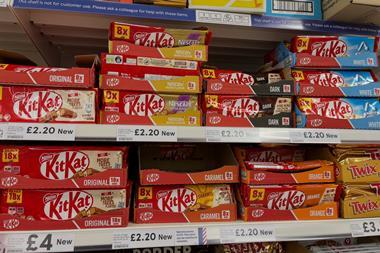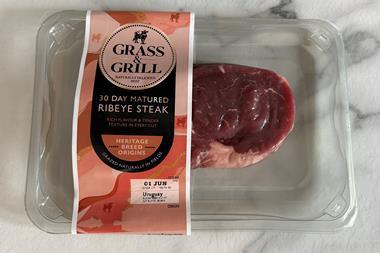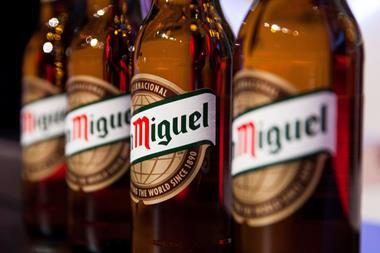
Fears of global shortages of coffee due to weather challenges in Vietnam and Brazil have sent prices soaring to record highs in recent weeks.
Both robusta and arabica commodity prices have been rising since the start of the year.
London robusta futures hit $3,974 per tonne on Monday, up from $3,310 in the same week of January. Since the start of April alone, prices have steeply risen from $3,479 per tonne.
Arabica futures in New York’s ICE also rose to levels not seen since September 2022 this week, hitting $5,105 per tonne on 15 April, compared with $4,151 in the first week of January.
A prolonged heatwave in Vietnam, one of the world’s largest producers of robusta beans used in instant coffee and espresso, has damaged crops.
This has prompted buyers to flood the markets over fears of long-term shortages.
Mintec’s US director of commodity insights, Andrew Moriarty, said a “few things have driven the rally since the beginning of April”: “Robusta prices have been increasing for some time on two successive lower harvests in Vietnam.
“Over the last few weeks, production estimates for the previous 23/24 crop have dropped, and now many market participants expect that the last harvest was down by around 20% year on year,” he added, which compared with previous estimates of 10%-15% lower.
Early stockpiling of Asian-outbound goods like coffee has also intensified since the Red Sea attacks, which have forced vessels using the Suez Canal to take the longer and costlier route around the Cape of Good Hope, contributing to the higher demand for beans since the start of the year.
And because the hot and dry weather in Vietnam has not improved as originally anticipated, there was already “more pessimism” in forecasts for the next crop at the end of the year, Moriarty said, which could further push commodity prices up later in 2024.
As contracts for coffee are typically agreed by suppliers months in advance, higher commodity prices are yet to filter down to shelf-edge prices in stores.
The Grocer’s Key Value Items tracker (bottom) shows prices of Nescafé Gold Blend Instant Coffee 100g-200g are down 7.5% month on month. They have, however, increased by an average of 5.5% since last week.
“Like every manufacturer, we have seen significant increases in the cost of coffee, making it much more expensive to manufacture our products,” a Nestlé spokesperson said.
“As always, we continue to be more efficient and absorb increasing costs where possible whilst maintaining the same high quality and delicious taste that consumers know and love.
“Retail pricing is always at the sole discretion of individual retailers.”
Italian coffee giant Lavazza also recently said the “sharp increase” in the cost of the raw material had led to an “extremely complex” environment for the global industry.
In Brazil – the second-largest producer of robusta – the upcoming crop “should be sizeable”, he added. “However, much of the crop has already been forward sold, so even if the harvest there is good as expected, much of that is already reflected in current price levels.”
There have also been concerns in recent weeks that the dry weather in Brazil earlier this year, followed by heavy rainfall in some areas, might trim the output of the premium arabica beans.
This, paired with the robusta prices rally – which has a direct impact on arabica as roasters often mix the two together – has also contributed to the prices hikes of recent weeks.
Investment funds “have piled into both contracts” in the past few weeks, Moriarty said. “With arabica they have increased their net long position to near the highest levels on record”, he added, which means funds expect that the prices will continue to rise.
“A few people I have spoken to over the past week do expect the prices to remain elevated for a period of weeks, if not months, until the funds start to unwind those positions and do some profit taking.
“Given the global nature of these futures prices, nearly all coffee traded around the entire globe will be equally impacted by these moves, so these increases would apply to European traders just as much as those in the US or Asia or other large consuming regions,” Moriarty warned.



















No comments yet